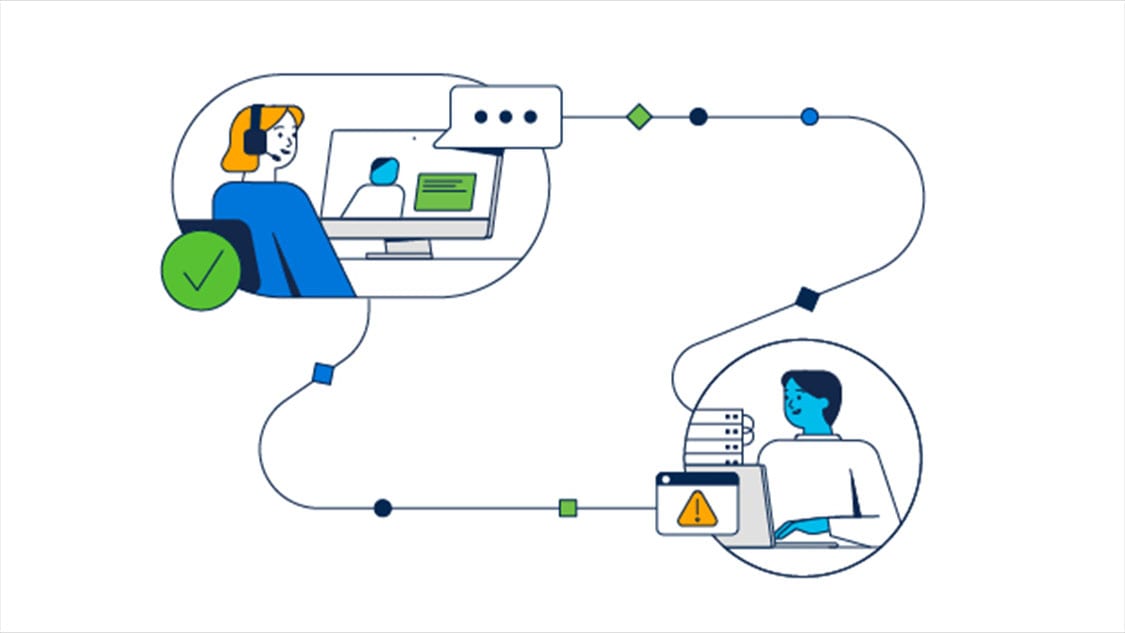Why you need a plan
A sufficient incident response plan offers a course of action for all significant incidents. Some incidents lead to massive network or data breaches that can impact your organization for days or even months. When a significant disruption occurs, your organization needs a thorough, detailed incident response plan to help IT staff stop, contain, and control the incident quickly. For physical disruptors, such as natural disasters and flooding, create a disaster recovery plan.
What is an incident recovery team?
An incident recovery team is the group of people assigned to implement the incident response plan. Generally, these are members of the IT staff who collect, preserve, and analyze incident-related data. Your IT staff may need to work with lawyers and communications experts to make sure that legal obligations are met.
Why do you need an incident response plan?
If your network hasn’t been threatened yet, it will be. If it has, then you know the chaos that can follow a cyber attack. Whether a threat is virtual (security breaches) or physical (power outages or natural disasters), losing data or functionality can be crippling. An incident response plan and a disaster recovery plan help you mitigate risk and prepare for a range of events.
How can you be sure your network is ready for a disaster?
Your network will never be 100 percent secure, so you must prepare both your network and your employees for crises to come. In addition to an incident response plan, you need a thorough disaster recovery plan that can mitigate the damage caused by a disaster.
Are there tools that help automate an incident response plan?
Cisco Umbrella Investigate helps to automate many of the most common steps in an incident response. Investigate's rich threat intelligence adds the security context needed to uncover and predict threats.
Follow the five steps below to maintain business continuity.
